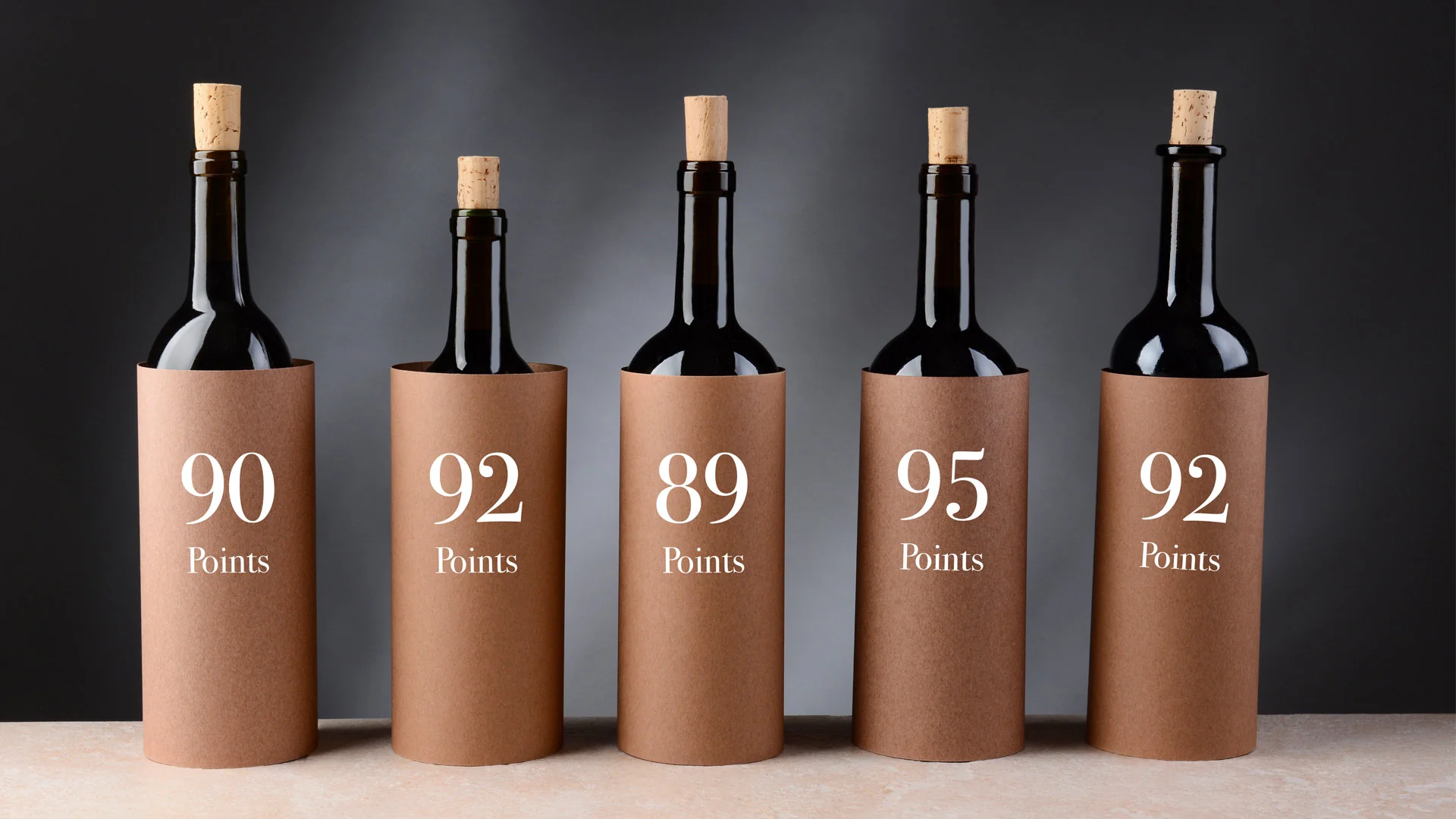Wine ratings can feel overwhelming when you’re standing in the wine aisle, staring at bottles adorned with colorful tags displaying bold numbers. Whether you see “92 WS” or “88 RP,” these scores represent expert opinions that can guide your wine selection process. Understanding wine ratings transforms you from a hesitant buyer into a confident wine enthusiast who can navigate the complex world of wine scoring systems. Wine critics use standardized scales to evaluate wines based on specific criteria, including color, aroma, flavor, and finish. These numerical scores serve as quick reference points, helping consumers identify quality wines without needing extensive wine knowledge. However, the key to using wine ratings effectively lies in understanding what these numbers mean and how different critics approach wine evaluation.
The 100-Point Wine Rating System
The most widely used wine rating system is the 100-point scale, popularized by influential wine critic Robert Parker in the 1970s. This system starts at 50 points as a baseline, with additional points awarded for specific quality attributes. The scale breaks down as follows:
95-100 Points: Classic wines representing extraordinary quality and exceptional character. These wines are destined to become classics and represent the pinnacle of winemaking.
90-94 Points: Outstanding wines with superior character and style. These bottles come highly recommended by critics and demonstrate beautiful depth, flavor, and bouquet.
85-89 Points: Very good wines with special qualities that showcase quintessential characteristics of their region or varietal. These wines offer excellent value and are ideal for special occasions.
80-84 Points: Good, solid wines perfect for everyday enjoyment. While they may lack the finesse of higher-rated bottles, they represent well-made wines suitable for casual drinking.
75-79 Points: Mediocre wines that are drinkable but may have minor flaws. These wines meet basic standards but lack depth and consistency.
Below 75 Points: Not recommended wines that typically have critical flaws affecting their quality.
Major Wine Rating Publications

Wine Spectator reviews over 15,000 wines annually using blind tasting conditions, with editors specializing in specific regions year after year. Their ratings carry significant weight in the wine industry and follow the standard 100-point scale.
Robert Parker Wine Advocate (formerly Wine Advocate) employs nine full-time reviewers who evaluate up to 30,000 wines. While Robert Parker himself has retired, the publication continues using his established rating system and methodology.
Wine Enthusiast, Decanter, and other major publications also use the 100-point scale, though each applies slightly different criteria and tasting methodologies. Some critics like Jancis Robinson prefer a 20-point scale for more technical evaluation.
How to Use Wine Ratings Effectively
Reading wine ratings requires more than just looking at numbers. The most important advice is to read the actual wine review. A high score doesn’t guarantee you’ll enjoy a wine if the style doesn’t match your preferences. Wine ratings reflect how well a wine represents its category compared to classic examples.
Look for patterns in reviews of wines you already enjoy. Note the reviewer’s name and publication, as tasting preferences vary among critics. If you consistently enjoy wines rated highly by a specific critic, their future recommendations may align with your palate.
Use ratings as guidance rather than absolute truth. The average wine rating typically falls around 87-89 points on the 100-point scale. Don’t dismiss wines in the 85-89 range, as these often represent excellent value and quality for everyday drinking.
Understanding Rating Context
Wine ratings are subjective evaluations based on professional expertise, but they don’t account for personal taste preferences. A 95-point Cabernet Sauvignon won’t appeal to someone who prefers light, crisp white wines. Consider ratings alongside wine descriptions, grape varieties, and regional characteristics.
Remember that wine ratings can significantly impact pricing and availability. High-scoring wines often become expensive and difficult to find, while slightly lower-rated wines from the same producer may offer similar quality at a better value.
Wine ratings serve as valuable tools for wine selection when used thoughtfully. By understanding the 100-point scale, recognizing major critics and publications, and reading beyond the numbers, you can make informed wine purchasing decisions that align with your taste preferences and budget.


